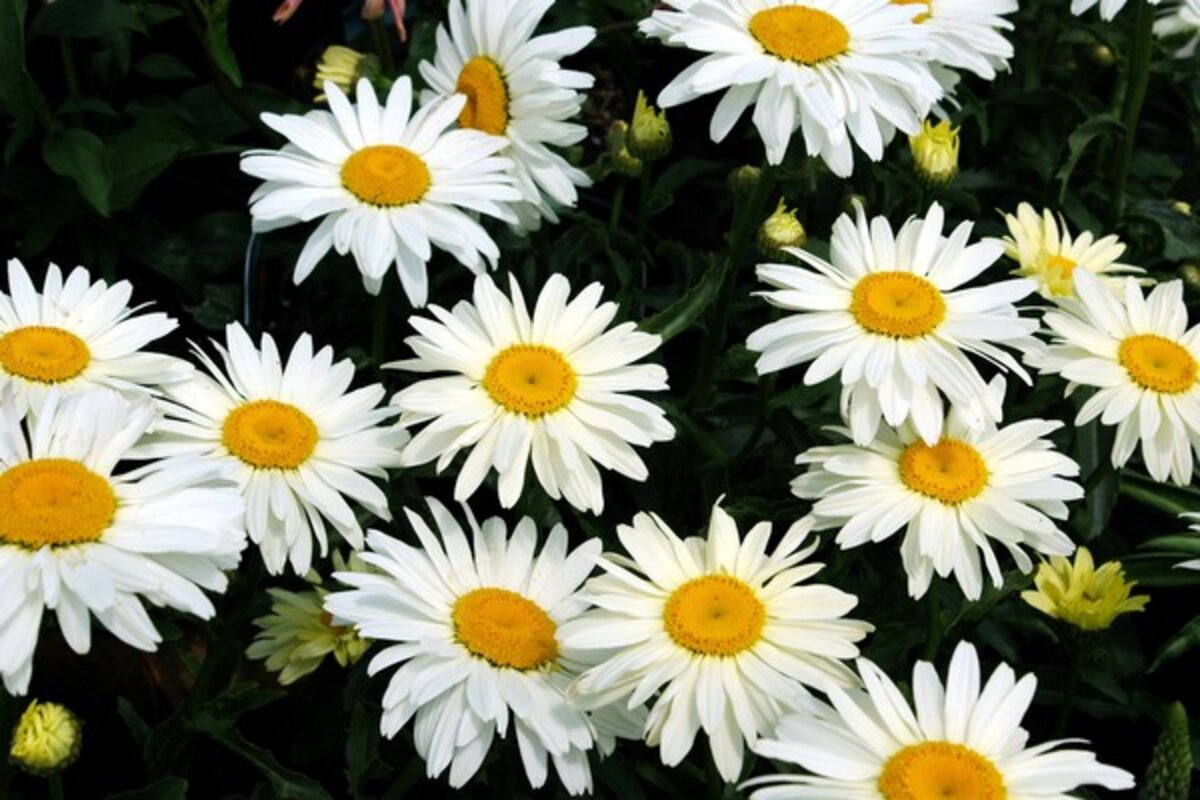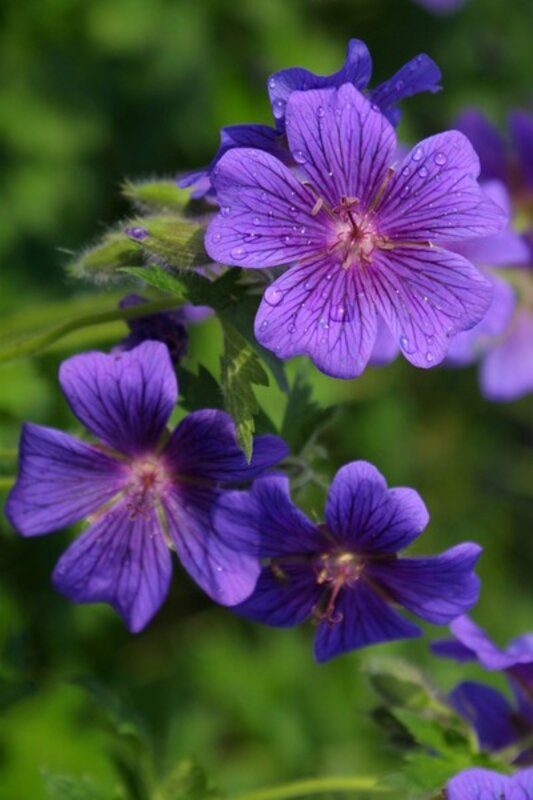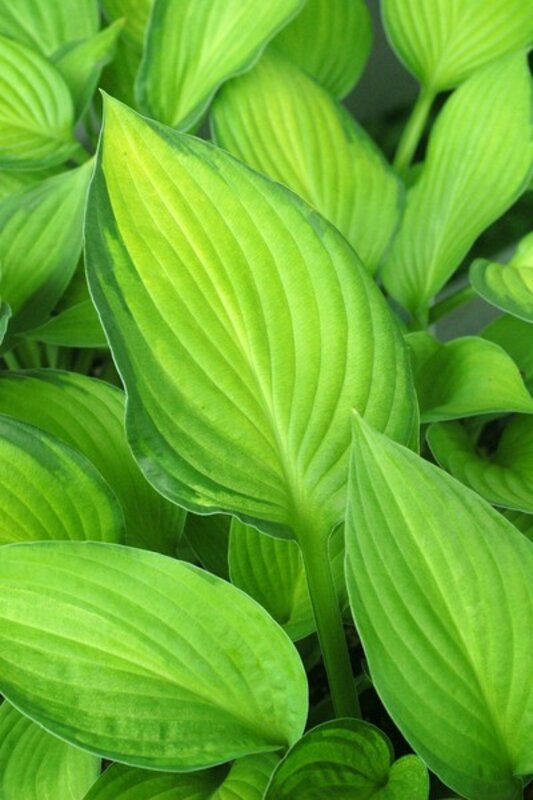How to divide perennials
Loading...
Most hardy perennials that call out to be divided — plants that have lost vigor or have fewer or smaller flowers; plants that flop open at the center or have dead centers; plants that are overwhelming their neighbors — don’t have to be approached with kid gloves. A pruning saw and axe are two of my plant-dividing tools, along with a spading fork and shovel.
My first suggestion is to ignore the advice to divide perennials with two garden forks set back-to-back. Garden forks are great for digging — I wouldn’t be without one — but put an accent on “one.” Who owns two forks? (Well, I do, but I was sent them gratis when I worked as a magazine editor.)
But I’ve yet to see a gardener who can use two garden forks at the same time. Where that idea began I don’t know, and it’s repeated in the best of garden books. Don’t try it. Trust me on this one.
First steps
Begin by watering the plants a couple of days beforehand.
Then lift the plant with a shovel, spade, or garden fork, making sure you dig both wide and deep enough to get as many roots as possible. If it’s a cranesbill (Geranium spp.; see photo at left) you’re dividing, the task is easy, but I’ve bent steel shovels trying to lift large clumps of Siberian iris (I. sibirica).
Once out of the ground, the basic choices are either to pull the clump apart or to cut it apart.
In either case, don’t be tempted to replant huge sections, especially of plants that die out in their centers, such as Siberian iris, ornamental grasses, Shasta daisies (Leucanthemum superbum; see photo above), and bee balm (Monarda spp.). Small divisions reestablish far quicker and better than large ones.
Two ways to go about it
will give you a clue as how to proceed.
Perennials, with tough, dense root balls -- such as daylilies (Hemerocallis cvs.), hostas (Hosta cvs.; see second photo above left by clicking on the arrow at the right base of the first photo), and goat’s beard (Aruncus dioicus) -- can be attacked with a shovel, saw, and axe. Cut the clump into pieces about the diameter of a cantaloupe (each with two or three shoots), toss out any woody or dead center portions, and replant the healthiest sections.
-- including primroses (Primula spp.), columbines (Aquilegia spp.), speedwell (Veronica spicata), and bleeding hearts (Dicentra spp.) -- require more finesse. I often plunk these clumps into a large galvanized tub of water, let them soak for an a few hours to remove any soil, and then tease apart the individual plants.
Once the clump is divided:
- Don’t dilly-dally — you don’t want the roots exposed to the sun for long, so cover the divisions with damp newspapers or cloth.
- Enrich the planting site with compost.
- Reset divisions at the same depth — or only slightly deeper — than they were growing before.
- Cut back the divisions’ foliage by at least one-half.
- Once replanted, water the divisions and mulch with organic matter, such as compost.
- Keep the divisions adequately watered while the new roots form.
Lady Bird Johnson, who did so much to , wrote: “There is something remarkably more beautiful about flowers that you yourself have planted, and divided, and cared for, than any other flowers.”
She was right. Dividing perennials may seem daunting to new gardeners, but experienced hands know that it’s almost always harder on the gardener than the plant.
Editor's Note: You may also want to read Karan's article on when to divide perennials.
-----
Karan Davis Cutler blogs regularly at Diggin’ It. She's a former magazine editor and newspaper columnist and the author of scores of garden articles and more than a dozen books, including “Burpee - The Complete Flower Gardener” and “Herb Gardening for Dummies.” She now struggles to garden in the unyieldingly dense clay of Addison County, Vt., on the shore of Lake Champlain, where she is working on a book about gardening to attract birds and other wildlife. To read more by Karan, click here.






